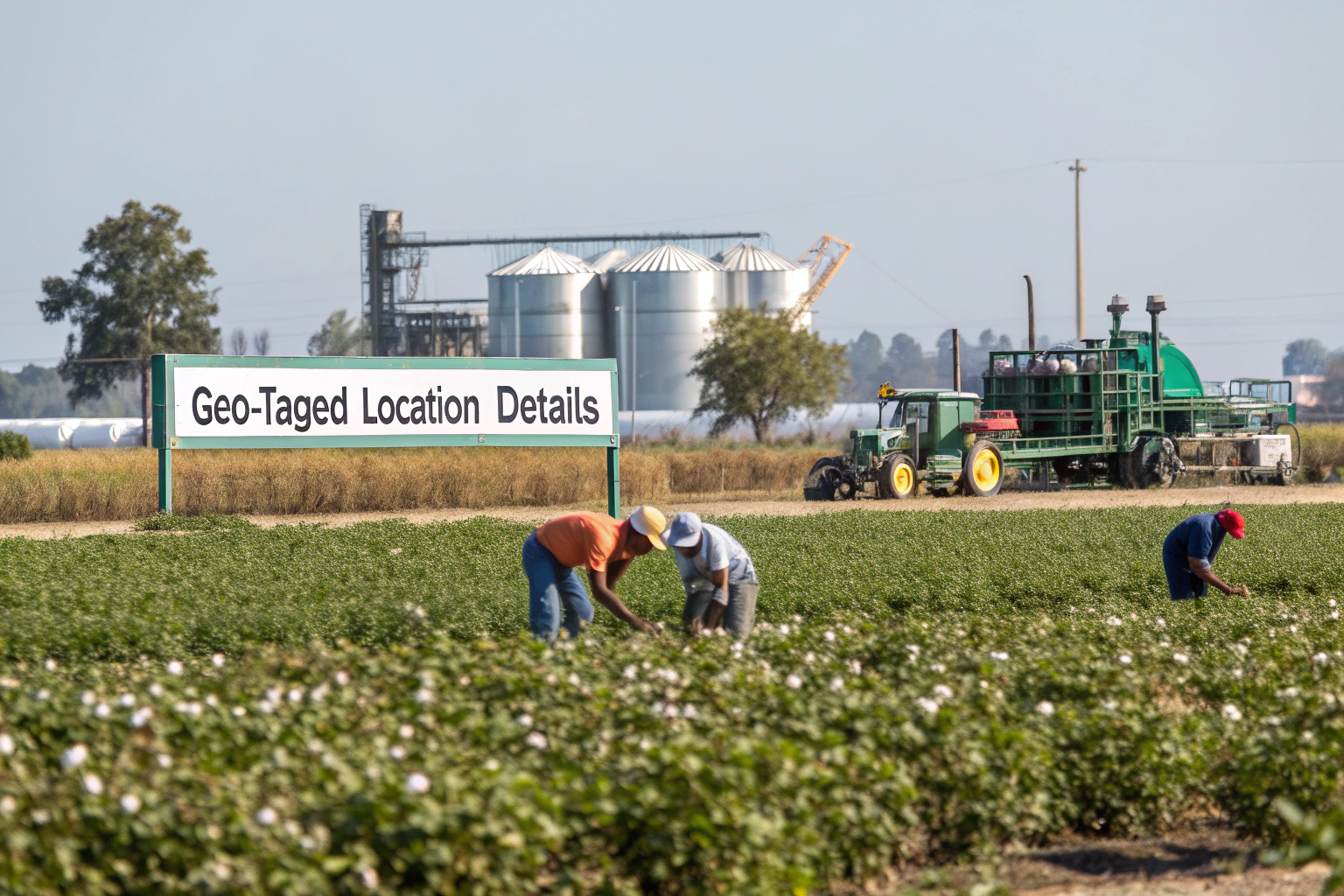Consumers and global brands alike are demanding one thing: proof. Organic labels are no longer enough. In an industry plagued by fraud and opacity, full traceability has become a new standard—and geo-tagged organic cotton is leading the way.
If you're sourcing sustainable cotton, choosing geo-tagged options gives you full visibility from farm to fabric roll, allowing you to meet regulatory demands, reduce risk, and build buyer trust with verifiable transparency.
This article explores the advantages, sourcing tips, and real-world applications of geo-tagged organic cotton for forward-looking apparel brands, textile buyers, and fashion entrepreneurs.
What Is Geo-Tagged Organic Cotton and How Does It Work?
Geo-tagged organic cotton combines GPS technology, blockchain records, and real-time data sharing to authenticate the origin, harvesting location, and movement of cotton fibers throughout the supply chain.
Unlike standard organic certifications, geo-tagging creates a digital footprint for every batch—providing irrefutable location-based verification.
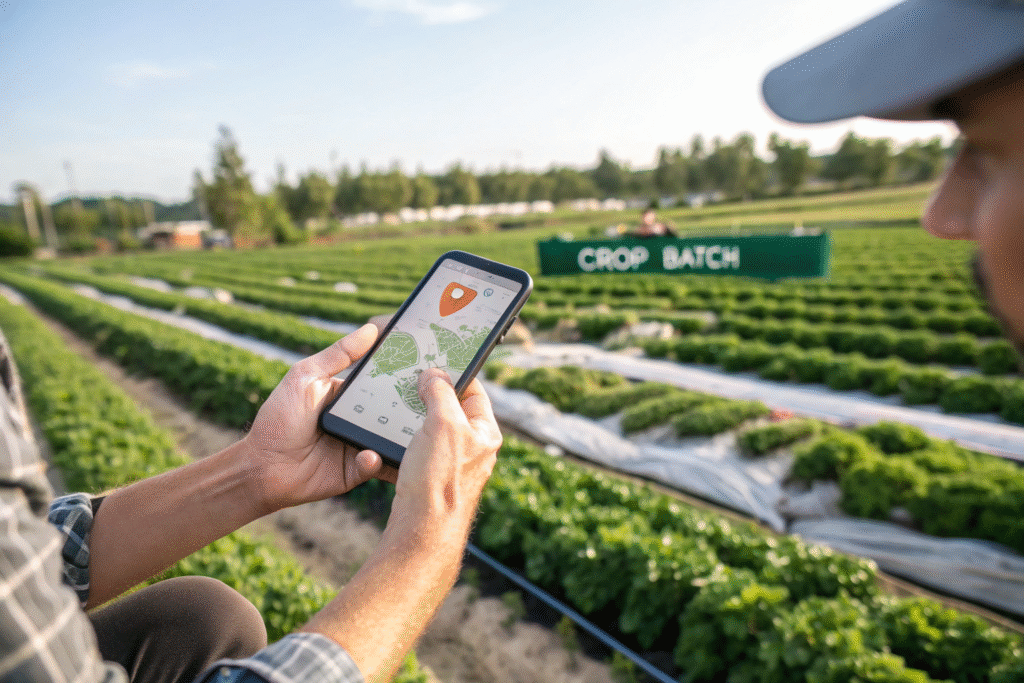
How Is Geo-Tagging Implemented in Cotton Farming?
It begins with cotton farmers equipped with GPS-enabled devices or mobile apps. When bolls are picked, their location is recorded and linked to a digital ID. This data—often timestamped and integrated with blockchain platforms—is used to validate the field of origin and farming conditions.
Smartphone apps like SourceTrace and FarmTrace are widely adopted in pilot regions across India, Turkey, and Central Asia. These apps track soil health, rainfall, organic inputs, and even carbon sequestration in some cases.
How Does It Differ from Traditional Organic Cotton?
Traditional organic cotton relies on document-based certification systems such as GOTS or USDA Organic. These can be forged, generalized, or detached from real-time sourcing behavior. Geo-tagged cotton, by contrast, provides live and immutable field data, including the GPS coordinates of each picking event.
This data is often hosted on traceability platforms like TrusTrace or TextileGenesis, where brands and end-consumers can scan a QR code to view the full origin map of their garment’s raw material.
Why Do Brands and Importers Demand Traceable Cotton?
Traceability isn't a buzzword anymore—it's a business requirement. From U.S. CBP bans on Xinjiang cotton to European Green Deal reporting rules, the pressure on brands to prove the origin of their materials has never been higher.
Geo-tagged cotton provides the hard data brands need to mitigate risk, build transparency, and align with consumer and legal expectations.
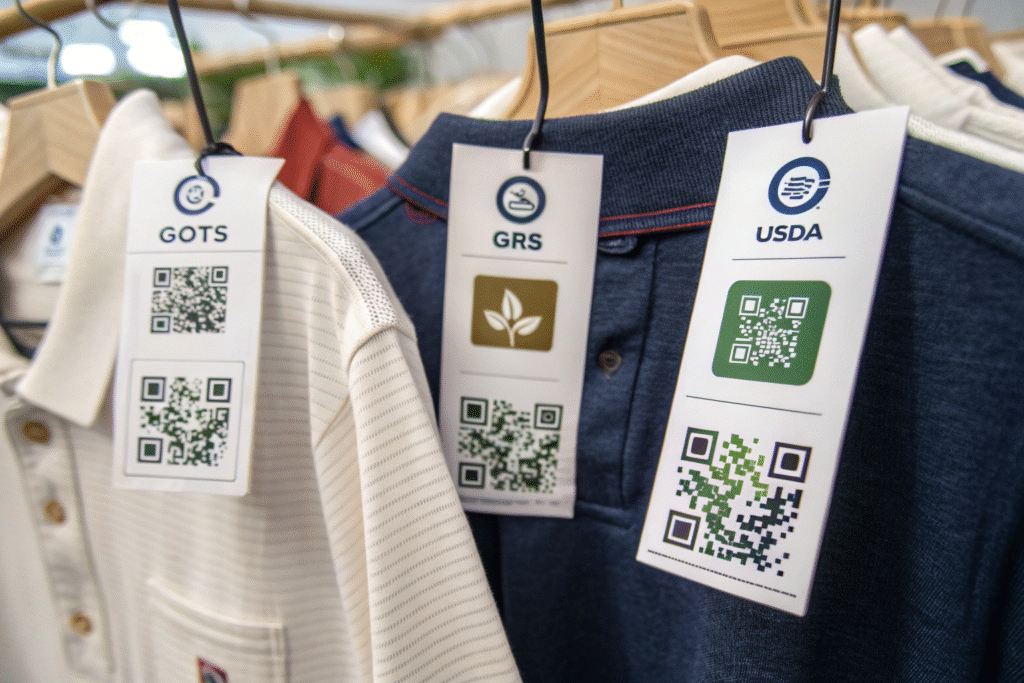
Are Global Compliance Regulations Driving Adoption?
Absolutely. The U.S. Customs and Border Protection agency now requires importers to verify the absence of forced labor using chain-of-custody records. Geo-tagging provides tamper-proof logs that support compliance audits.
Similarly, the EU’s Corporate Sustainability Due Diligence Directive (CSDDD) mandates traceability of supply chains linked to environmental and social risks. Brands using geo-tagged cotton can generate trace reports to meet disclosure needs.
How Does Traceability Build Consumer Trust?
When a shopper scans a hangtag and sees the name of the farm, date of harvest, and even a photo of the local grower, something changes. Trust deepens. Brands like Pact and Outerknown use traceability not only for compliance, but as a marketing strength.
By offering full transparency, they reduce greenwashing skepticism and attract the next-gen ethical consumer—one who prefers brands that prove every claim.
How Can You Source Geo-Tagged Organic Cotton Efficiently?
Geo-tagged organic cotton is still a niche market, but growing fast. To source it effectively, buyers need to work with traceability-enabled supply chains, especially in regions with digital farming systems and certification partners.
At Fumao Fabric, we assist clients in sourcing certified geo-tagged cotton rolls through verified partners in India, Turkey, and select Chinese cooperatives.
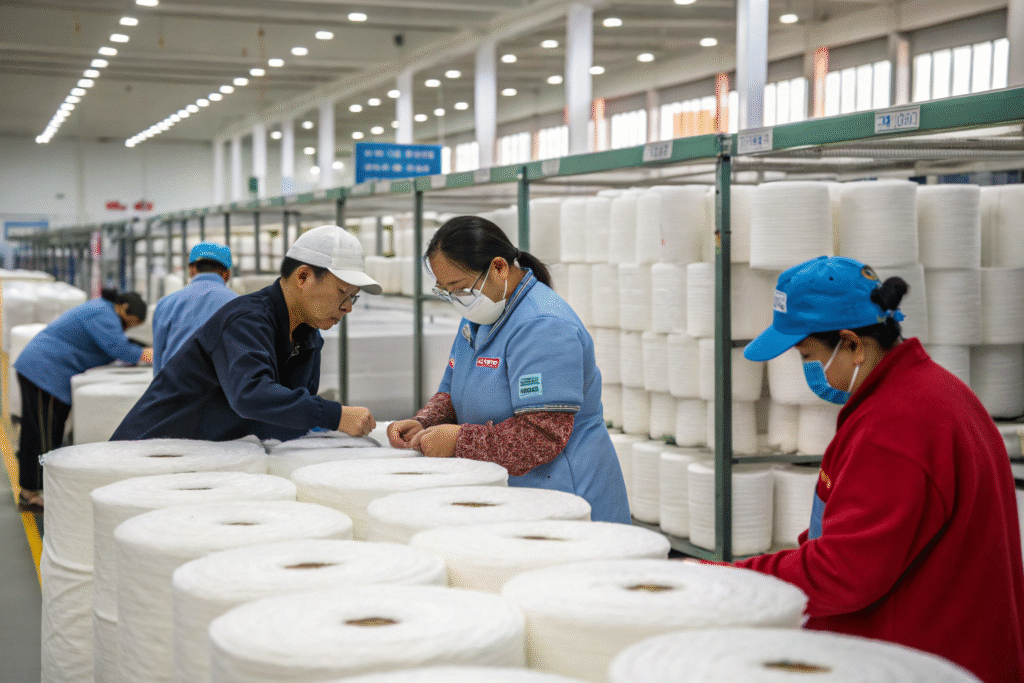
Which Countries Offer Reliable Geo-Tagged Supply?
India leads the world in traceable organic cotton, thanks to NGOs like Chetna Organic and platforms such as TextileGenesis and SourceTrace. Turkey and Egypt follow with strong blockchain adoption and farmer cooperatives.
In China, pilot projects have emerged in Xinjiang-alternative zones such as Shandong and Anhui, where organic cotton can be GPS-verified and compliance-assured. We partner with field stations that use blockchain trace hubs to ensure integrity.
You can explore active programs via Better Cotton and Fairtrade Foundation.
Can You Integrate Traceability with Other Certifications?
Yes. Geo-tagged cotton can coexist with GOTS, OEKO-TEX, or Fairtrade if farm-to-factory documentation is consistent. At Fumao, we offer sourcing packages where the bale ID, GPS map, and compliance certifications are bundled and QR-linked.
This not only saves time but also helps during customs inspections and brand audits, especially for U.S. and EU retailers.
What Are the Real-World Applications and Marketing Benefits?
Traceable cotton isn’t just for compliance—it’s a storytelling asset. Brands can now engage customers with rich product journeys, digitized supply chains, and visible impact metrics from soil to store.
From fashion to kidswear to uniform programs, geo-tagged cotton boosts credibility, increases perceived value, and drives emotional brand connection.
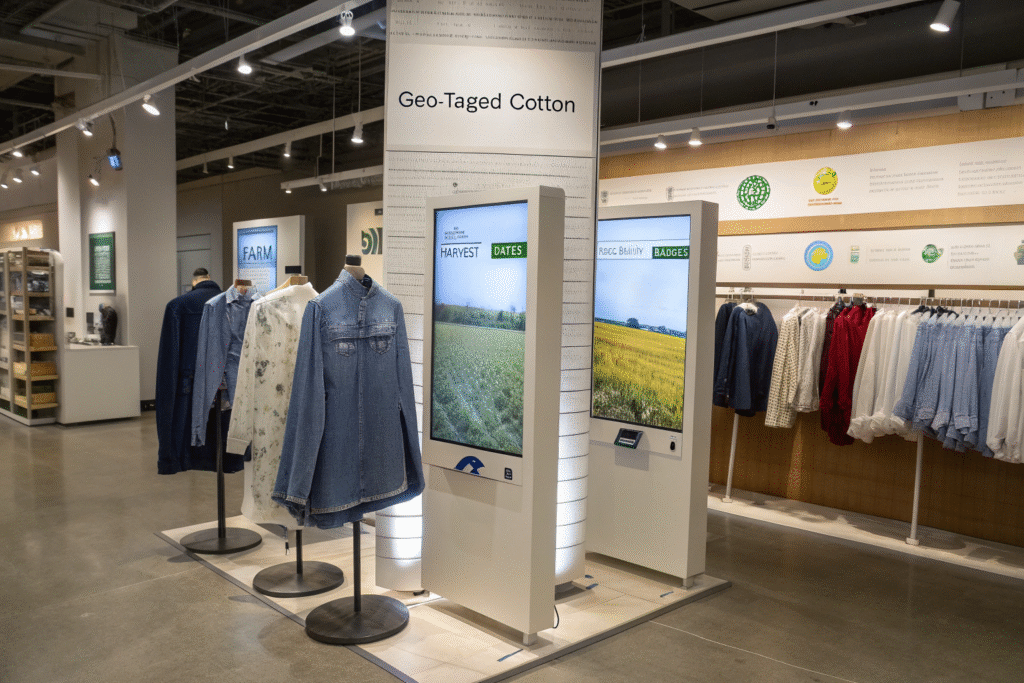
Which Product Categories Benefit Most?
- Babywear: Safety and purity matter, and geo-verification provides assurance.
- Eco-luxury: Brands seeking to justify premium pricing use traceability as a trust lever.
- Uniforms & Government contracts: Traceable materials meet transparency mandates.
- Athleisure & Basics: High-volume categories can reduce compliance risk at scale.
You’ll see companies like Everlane and Allbirds implementing digital provenance systems to showcase raw material origin, farming footprint, and ethical sourcing credentials.
Can Geo-Tagging Support Carbon Claims?
Yes. Since each GPS record is timestamped and often linked to soil and yield data, geo-tagging can feed into carbon footprint calculators and LCA tools. This allows brands to quantify and offset emissions per garment or collection.
Platforms like Carbonfact integrate farm-level cotton data for carbon transparency—a major plus for retailers pursuing science-based targets or carbon-neutral goals.
Conclusion
Geo-tagged organic cotton represents the future of traceable, ethical sourcing. It offers proof, not promises—empowering brands, protecting consumers, and ensuring every meter of fabric starts from a verifiable field. In a global market full of uncertainty, it delivers clarity.
At Fumao Fabric, we help global buyers tap into geo-tagged cotton supply chains that meet both ethical expectations and compliance requirements. From raw yarn to custom-finished textiles, our team handles digital records, testing, and blockchain integration with ease.
Ready to take traceability seriously and unlock the marketing power of verified cotton? Contact our Business Director Elaine at elaine@fumaoclothing.com and let’s co-create your next transparent textile collection from field to freight.

